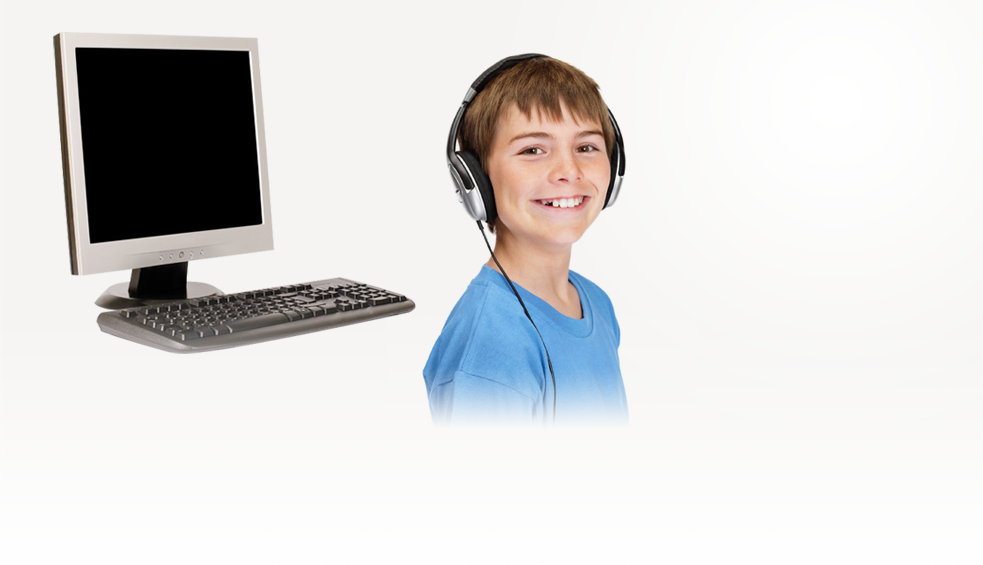What is autism?
Autism spectrum disorder (ASD) is a neurodevelopmental disorder characterized by deficits in social communication and social interaction and the presence of restricted, repetitive behaviors. Social communication deficits include impairments in aspects of joint attention and social reciprocity, as well as challenges in the use of verbal and nonverbal communicative behaviors for social interaction. Restricted, repetitive behaviors, interests, or activities are manifested by stereotyped, repetitive speech, motor movement, or use of objects; inflexible adherence to routines; restricted interests; and hyper- and/or hypo-sensitivity to sensory input.
What are some signs or symptoms of autism?
Children with autism may have problems with communication, social skills, and reacting to the world around them. Possible signs and symptoms include:
- not speaking or limited verbal productions
- loss of words the child was previously able to say
- difficulty expressing wants/needs
- difficulty following directions
- repeating what is said
- difficulty answering questions
- reduced eye contact
- poor play skills
- overly focused on a topic or toy
- difficulty making friends
- emotional reactions for no known reason
- dislike being touched or held
- self stimulation of repetitive movement
- not paying attention to sounds or movements in the environment
- sleeping difficulty
- problems with changes in routine
- feeding difficulties or picky eater
What treatments are available for people with autism?
There is no known cure for autism. In some cases, medications and dietary restrictions may help control symptoms. Intervention should begin when the child is young. Early intervention and preschool programs are very important. An evaluation by an SLP should be completed to determine social skill and communication needs. An appropriate treatment plan that meets the needs of the child and family can then be established. Treatment may include any combination of traditional speech and language approaches, augmentative and alternative communication, and behavioral interventions. It is also important to have the child's hearing evaluated to rule out hearing loss.
** Information extracted from American Speech Language Hearing Association Official Website




